Clashes Erupt in Dhaka as Garment Workers Protest Job Losses
On October 31, 2024, garment workers in Dhaka clashed with police over job layoffs, resulting in two teenagers being shot. Thousands protested the closure of a factory in an industry that supports a significant portion of Bangladesh’s economy. Ongoing unrest has led to violence, and economic losses in the sector have been substantial since earlier protests.
On October 31, 2024, a significant clash occurred between police and garment workers in Dhaka’s Mirpur area, leaving two teenagers injured by gunfire during protests against job layoffs in the country’s vital garment industry. Thousands of workers rallied in response to the abrupt closure of a garment factory, a situation exacerbated by ongoing unrest within the sector, which is critical to Bangladesh’s economy, contributing approximately 85 percent of its annual export earnings.
According to police officer Mohammed Faruq from Dhaka Medical College, one of the injured, 17-year-old Al Amin, sustained injuries to his hand and back as well as a 15-year-old companion who was reportedly shot in the leg. These demonstrations escalated to violence, with two security vehicles torched amidst the confrontations.
Kazi Golam Mostofa, the officer in charge of a Mirpur police station, noted that the protests erupted following the factory closure, prompting workers from multiple garment factories in the area to unite in their discontent. This unrest is part of a larger context of protests that have followed the leadership changes in Bangladesh after the ousting of the previous government.
Earlier unrest in September resulted in the death of a garment worker and multiple injuries during confrontations with law enforcement. The Bangladesh Garment Manufacturers and Exporters Association has reported losses totaling $400 million since August and appealed for increased security to protect the industry from ongoing violence.
The garment sector in Bangladesh is pivotal to the nation’s economy, constituting approximately 85 percent of its annual US$55 billion in exports. As the second-largest clothing exporter globally, after China, Bangladesh supplies numerous leading international brands. The industry has faced increasing unrest, particularly following the recent political upheaval when the previous government’s autocratic rule was challenged, leading to protests demanding job security and better wages. The closure of factories has further fueled worker dissatisfaction, prompting widespread demonstrations that have unfortunately turned violent in some instances.
The clashes between Bangladeshi garment workers and police highlight the growing tensions within the garment industry, compounded by factory closures and significant job losses. As workers protest for their rights, the rising violence illustrates the urgency for dialogue and resolution to address the underlying economic and social grievances. Ensuring the safety and well-being of workers remains critical for the sustainability of this vital sector.
Original Source: www.heraldmalaysia.com
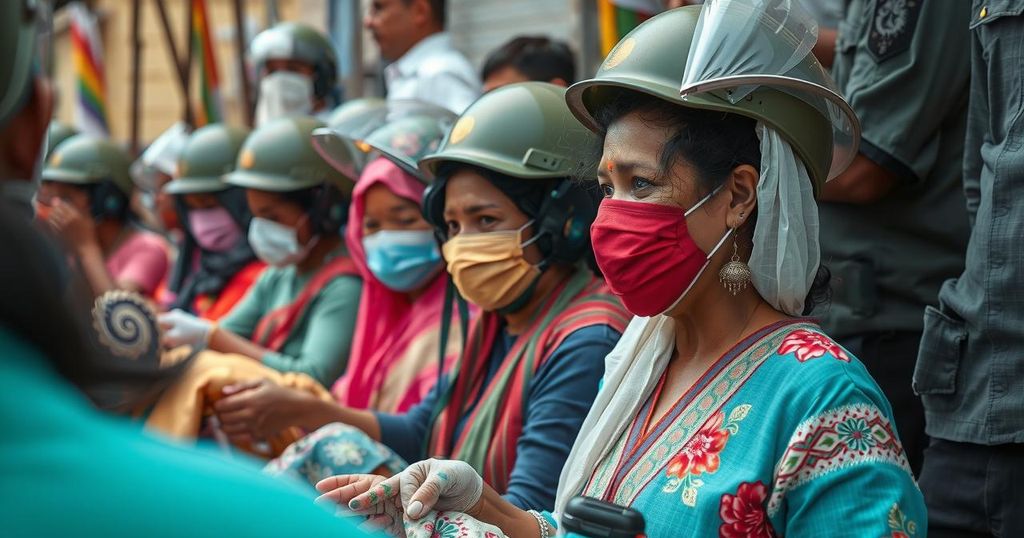
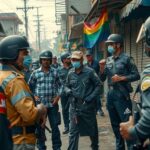
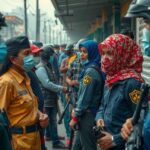

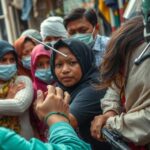
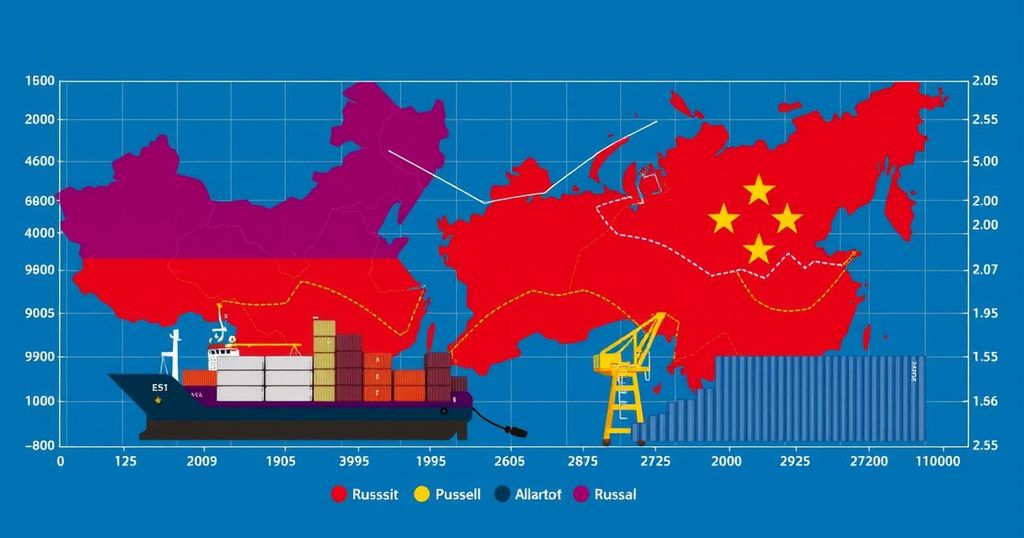


Post Comment